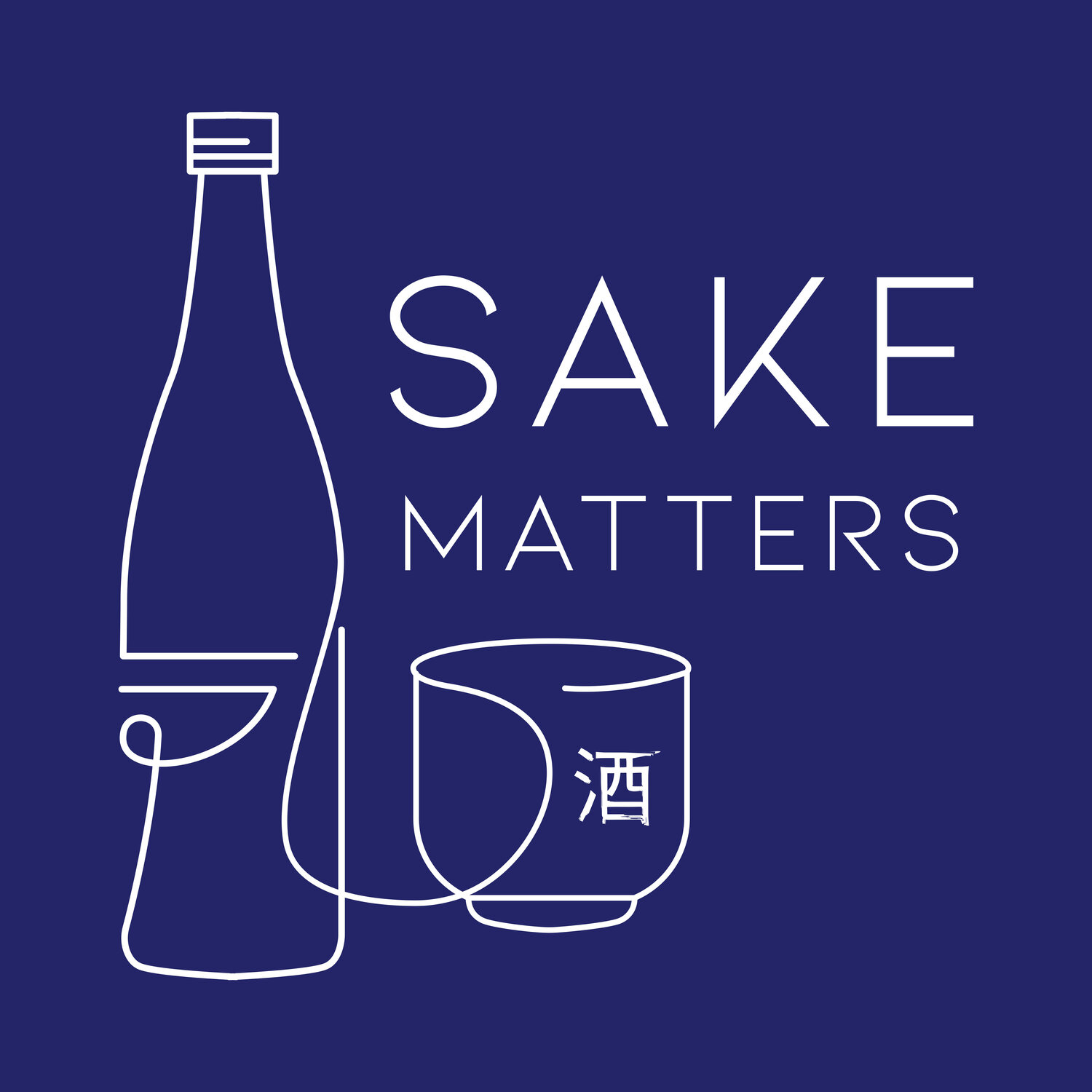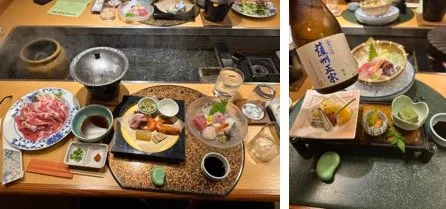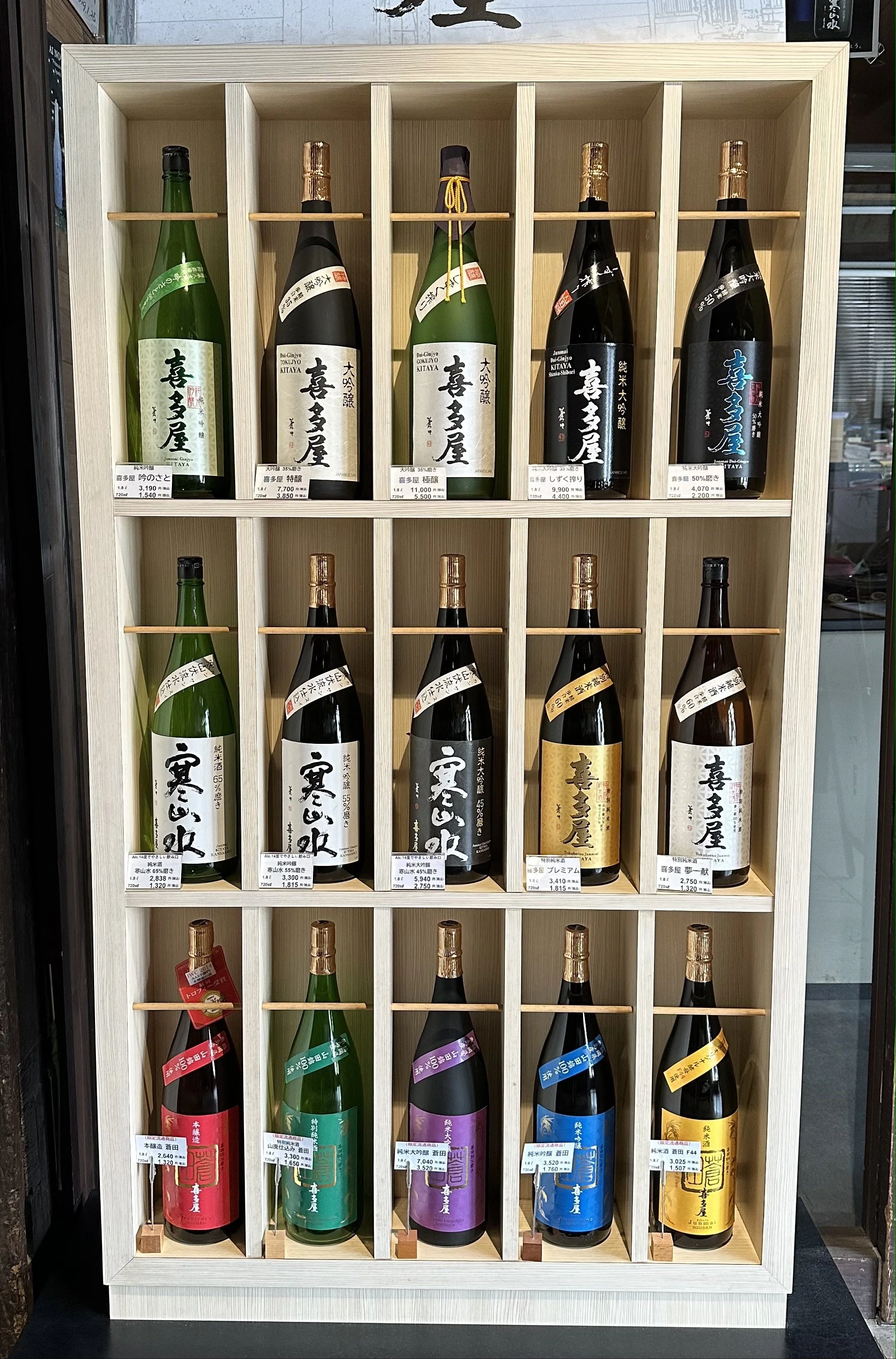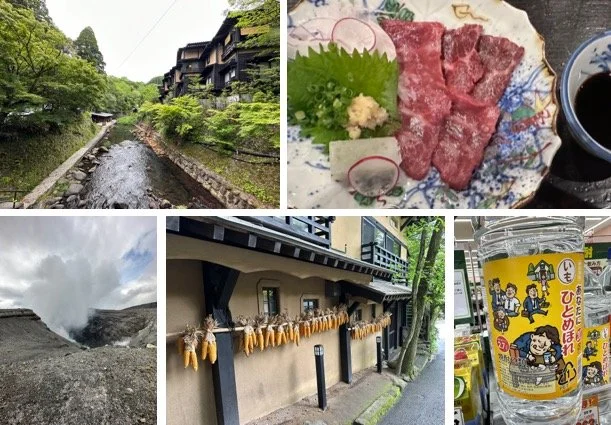DIBMO
FOMO (fear of missing out) and MOFO (look it up, kids!), they’re in all the online dictionaries (does anyone buy a hardcopy dictionary these days, actually?) and now I’d like to introduce DIBMO: Damn I’ve Been Missing Out.
This is the follow up, debrief if you like, to last month’s The Agony of Choice piece I wrote.
Tokyo, you’re awesome and fun, mad and sprawlingly entertaining but as I nostalgically surmised in May’s piece, the Japan that casts the most spellbinding magic is outside of the urban jungle. DIBMO.
Much of what follows may well appear to be either bloody obvious, just a passionate tourist’s view and/or shortsighted, in the same way that coming to my part of the world and walking up to The Peak doesn’t entitle you to claim: “Oh yeah, I’ve done a load of hiking in Hong Kong”. So, readers lucky enough to be living in Japan, please temper any potential outcry.
I will volunteer that I don’t know enough about Shochu. In visiting Kyushu, I was anticipating that I might fall into the drinking danger zone unawares and with some acceleration. This is precisely what prompted the closing line in the last piece: “As for enjoying the Shochu responsibly, I’ll get back to you in June.”
And in hindsight this is how I got to know that I had been missing out. Damn.
There’s so much more to being away from the big cities. And for this trip, so much more certainly didn’t equate to simply so much more Shochu. I think I had just two Shochu drinks actually in the five days. And (apologies to Shochu fans) those two drinks didn’t play the leading role.
First drink was in Ibusuki, a city (think small town really) pretty much as far down as you can go in Kagoshima Prefecture before you have to take a boat to explore the southerly island make up of the region.
Who’s hungry?
A short walk from the beach spas where they’ll bury you alive up to your neck in steaming black sand for a sweaty and slightly claustrophobic ten minutes, lies a place called Aoba Izakaya. Its kuro Satsuma dori sashimi was calling me.
The Satsumadori is a Japanese breed of chicken, originating in Kagoshima Prefecture, and is quite a powerful and striking bird. Hardly surprising as it was originally bred for cockfighting. Sadly for more recent generations of Satsumadori, they’re destined for consumption as raw sliced chicken for locals, and random tourists like me.
You can understand how the Shochu, delicious though it was, played second fiddle to the snack.
The second Shochu was a black sugar (kokuto 黒糖) Shochu, made exclusively in the Amami Islands between Okinawa and Kagoshima. There’s an attractive appeal to the scarcity and, well, it just sounds like it’s going to be good, and it was. But then dinner came out, and my mind went elsewhere. These quite formal inn dining plans (not formal by Japan’s standards but certainly it is compared to the jeans and T-shirt friendly high end dining scene in Hong Kong) always excite me. So much colour, decoration and variety. So much washing up too, but you can see why I was distracted away from the Shochu.
Where to begin?
Glass of Shochu consumed, it was over to a small but very adequate local Sake selection. I got pretty passionate about the modern day “original” Kagoshima Sake brewery - Hamada Shuzo - which led me to evangelise about it on Elliot Faber’s long running #sakeaday thread, take a listen here: link to IG
Me, the sea and my thoughts
Nice rack
There is, contrary to my back of mind misconception, a plentiful supply of Sake down in Kyushu. We drove past plenty of 酒屋Sakaya, sadly with no time to stop in. I was impressed by the breadth of Sake being produced, as well as the bounty of awards on show, some more familiar than others like Kitaya Shuzo, International Wine Challenge 2013 and Oriental Sake Award 2022 winner.
On top of that realisation, simply throw in a generous serving of eggy volcanic sites, local dishes (horse sashimi, for example), idyllic onsen spots and a smattering of plain Japanese obscurity and you’ve got a winning recipe for a five-day break. In hindsight, not even near long enough.
DIreallyBMO!
So if there’s any lesson from this piece it’s this. Sake is Japan’s national drink for a reason, it’s made, loved, consumed and enjoyed everywhere. It doesn’t matter whether you’re tripping over breweries in Nada and Fushimi or having to seek them out in Kumamoto and Kagoshima, it’s part of the fabric of Japanese life.
For visitors like me, it means the whole of Japan isn’t in any way compromised for exploration. And that comes as some relief!
LINKS:
Kitaya Shuzo
Yame City, Fukuoka Prefecture, Japan
www.en.kitaya.co.jp/
Hamada Shuzo
Ichikikushikino City, Kagoshima Prefecture, Japan
www.hamadasyuzou.co.jp/en/
QUICK GLOSSARY:
Sakaya: liquor store; bottle shop; off licence
Shuzo: Sake brewery. Often added to the company name e.g. Morikawa Shuzo









